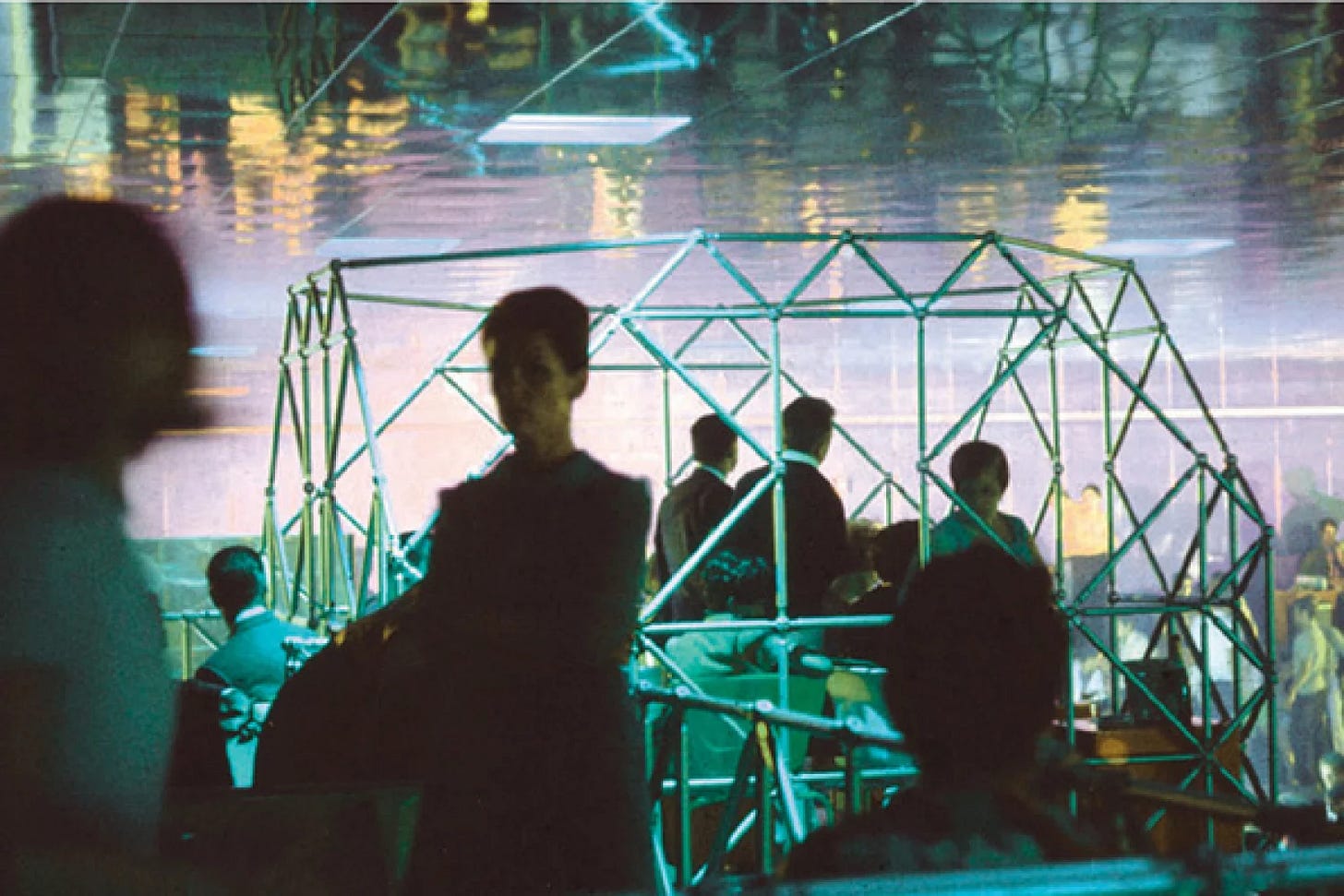Disco and Deep Space: Between Utopia, Metaphor and The Endless Night Sky
Exploring the Cosmic Influence on Disco’s Sound, Style, and Cultural Impact.
Through disco music and the dance floor, queer people, women, and other marginalized individuals and communities across nationalities and ethnicities sought respite from daily life and a place for self-expression. In metaphorical terms, what’s the ultimate stand-in for both a utopia and a refuge? Outer space, of course. “Of course, outer space—‘the final frontier,’ so to speak—is often viewed in popular culture as the ultimate refuge of humanity and is emblematic of the hoped-for freedom of marginalized communities,” writes Ken McLeod in the essay Outer Space, Futurism, and The Quest for Disco Utopia. “It is our very lack of knowledge about its apparently limitless vastness that makes it a blank slate for projecting an equally limitless number of utopian fantasies and futures onto it.”
Both disco pioneer Nick Siano and journalist Vince Aletti saw dance floors as stand-ins for a self-sufficient (micro)cosmos, where a form of planetary love was possible.
Marginalized communities could ide…



